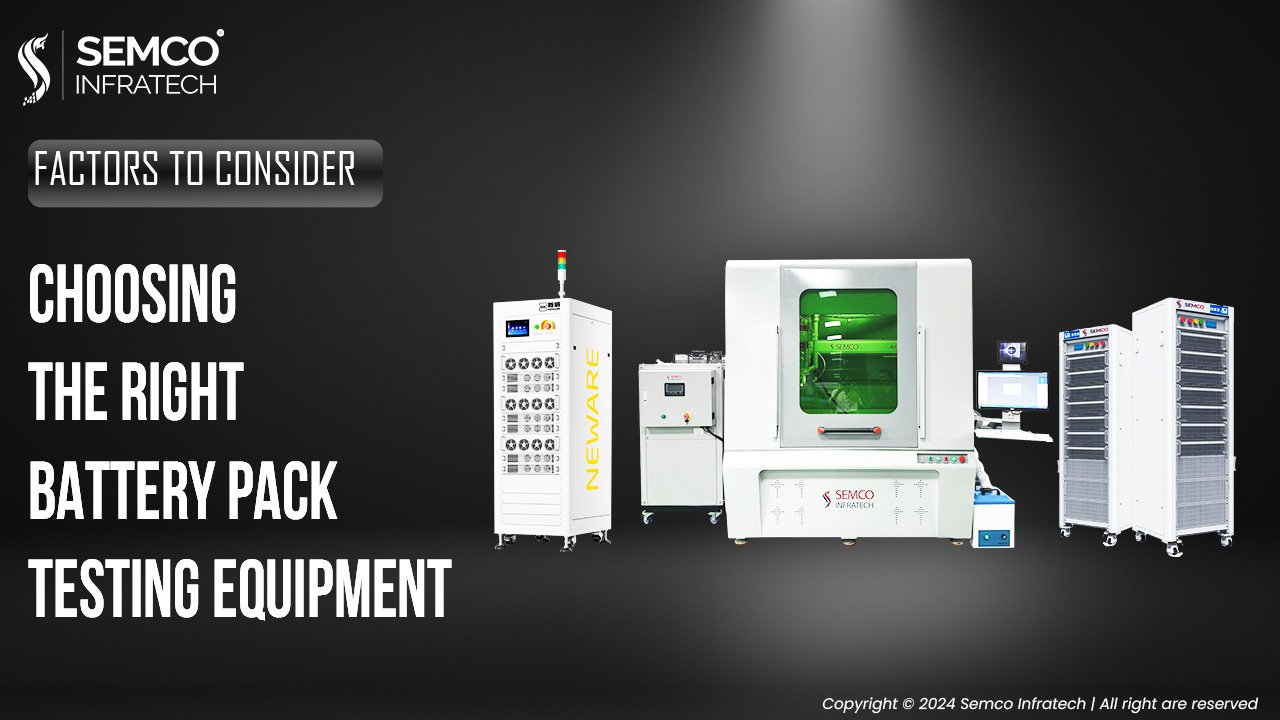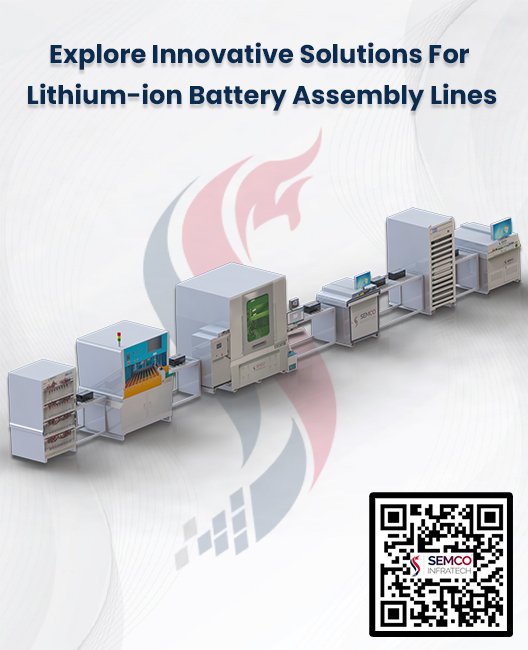Electric vehicles (EVs) rely heavily on their power batteries, which act as the vehicle’s engine by supplying the energy required for propulsion. Guaranteeing the longevity, functionality, and safety of these power batteries is crucial. As a result, the assembly of power batteries is now a key component in the electric vehicle sector. In this piece, we will examine the main procedures for assembling power batteries, as well as the difficulties encountered and creative solutions that underpin this vital area of EV technology.
Key Processes of Power Battery Assembly
Assembling power batteries is a difficult process that requires many crucial steps. These consist of:

- Assembly of High and Low Voltage Connectors: Power battery packs need to have many high and low-voltage connectors assembled safely. Special sensor-type and gun-type tools ensure tightening and torque control.
- Installation of High-Voltage Wiring Harnesses: To prevent hazardous conductive metal paths, assemblies involving high-voltage wiring harnesses require careful insulation. Safety precautions are in place to keep employees safe from electric shocks.
- Installation and Connection of High-Pressure Copper Bars: Conduction between battery modules is facilitated by high-voltage copper bars. Short circuits may arise from carelessness during assembly, underscoring the significance of exact and secure assembly procedures.
- Installation of Modules: Battery packs are made up of several battery modules, each of which has power cells. These modules must be installed correctly to avoid deformation or damage while in use.
- Top Cover Installation: Power battery packs usually use aluminum cases to maximize weight and efficiency. These cases need to be assembled carefully because dozens of bolts need to be tightened in a precise order to guarantee even stress distribution.
Assembly Focus and Solutions
Power battery assembly presents some difficulties, all of which must be solved creatively:

- Poor Contact and Overheating can arise from overcurrent problems at assembly points. Electric tools with sensor-type functions are used to continuously monitor the assembly process, guaranteeing proper torque and averting overheating.
- Insulation Issue: Assembling and maintaining battery modules frequently happens in real-time, increasing the possibility of electrical shock. For the safety of the workforce, insulation tools and stringent compliance with insulation regulations are essential.
- Problem with Residual Torque: Torque attenuation can occur at some assembly points, including connector assembly stations and upper cover stations. Digital torque wrenches and careful bolt-tightening sequence are two tools that help preserve quality.
- Tightening Order Issue: Precise tightening and even stress distribution are necessary for large parts, such as battery pack covers. When combined with assembly tools, visual positioning systems improve tightening process accuracy and efficiency.
Prospects of Future Power Battery Assembly Technology

- Power Battery Assembly: They will continue to innovate in the future. Advanced tools and automated assembly systems are being developed by EV manufacturers to improve product quality, data traceability, and assembly efficiency.
- Wireless Power Tools: When torque requirements are not too high, portable, high-performance wireless power tools are becoming more and more popular for assembling power batteries. They offer flexibility and precision.
- Automated Assembly Systems: These systems are being used to increase assembly quality, decrease errors, and optimize production processes. These systems lower expenses while increasing efficiency.
Conclusion
An essential component of electric vehicle manufacturing, power battery assembly affects longevity, performance, and safety. Innovations in assembly techniques and equipment are essential to meet the high standards that buyers expect as the EV market develops. Greater efficiency, accuracy, and safety are anticipated in power battery assembly in the future, which will support the market’s ongoing expansion for electric vehicles.






